Vegetarian Diet Plan to Lower Triglycerides
Every day, you make a number of choices. One of those is what to eat. Your diet can put you at risk of weight gain and l health conditions, or keep your body in peak condition for many years. A diet high in saturated fats, added sugars, alcohol, and refined carbs can increase your triglyceride levels. On the other hand, a diet high in healthy fats, whole grains, and lean proteins can help bring these levels down. Here's what you need to know about 7-day diet to lower triglycerides.

What Are Triglycerides?
Triglycerides are a form of fat that's used by your liver, muscles, and fat cells for energy. When you eat more calories than you burn, your body stores the extra energy in adipose tissue (fatty tissue) to use later. Triglycerides help build up this fatty tissue.
Once they're released from this temporary storage area, triglycerides travel through your bloodstream to cells in other parts of your body to be burned as fuel. If you have high triglyceride levels in your blood, they can contribute to plaque formation on the artery walls over time ( 12 ).
Too much excess stored fat can increase your risk for heart diseases and diabetes. Sometimes high triglyceride levels are genetic but most often they can be caused by obesity, smoking, drinking too much alcohol, excessive amounts of stress, not having physical activity or being diabetic.
What Are Healthy Levels Of Triglycerides?
Your triglyceride levels will be considered high if they're above 150 mg/dL. That number should be even lower (below 100mg/dL) for people at risk of cardiovascular disease. Blood triglycerides are often higher in males than females and tend to increase with age ( 12 ).
Read More: 40-Day Sugar Fast Rules: Do This To Reap Health Benefits Of A Low Sugar Diet
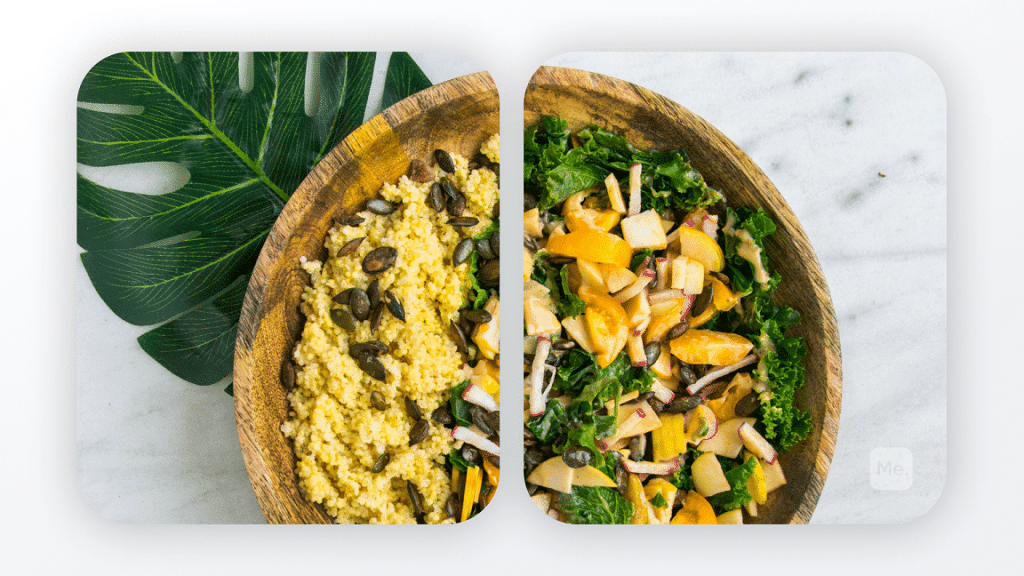
Which Foods Can Lower Triglycerides?
The following foods can help lower triglyceride levels:
Oily Fish
Oily fish contain a heart-healthy type of fat called omega-3 fatty acids. These are essential polyunsaturated fatty acids that the body cannot make, so must be consumed through diet. Omega-3 fatty acids are known to lower triglyceride levels, boost good cholesterol (HDL) and prevent bad plaque buildup in arteries ( 9 ).
Vegetables
Vegetables contain high levels of fiber – soluble and insoluble, both of which are important for reducing triglyceride levels. Fiber prevents fat and carbohydrates from digesting too quickly, slowing down the absorption process and keeping triglycerides low in your blood ( 11 ).
Fruits
Eating a diet with lots of fruit is good for your heart because it helps you maintain a healthy weight. Weight gain increases the risk of developing cardiovascular disease if left uncontrolled ( 7 ).
Fruits, especially berries, also contain antioxidants, which can improve heart health by fighting free radicals that damage cells and cause inflammation ( 7 ).
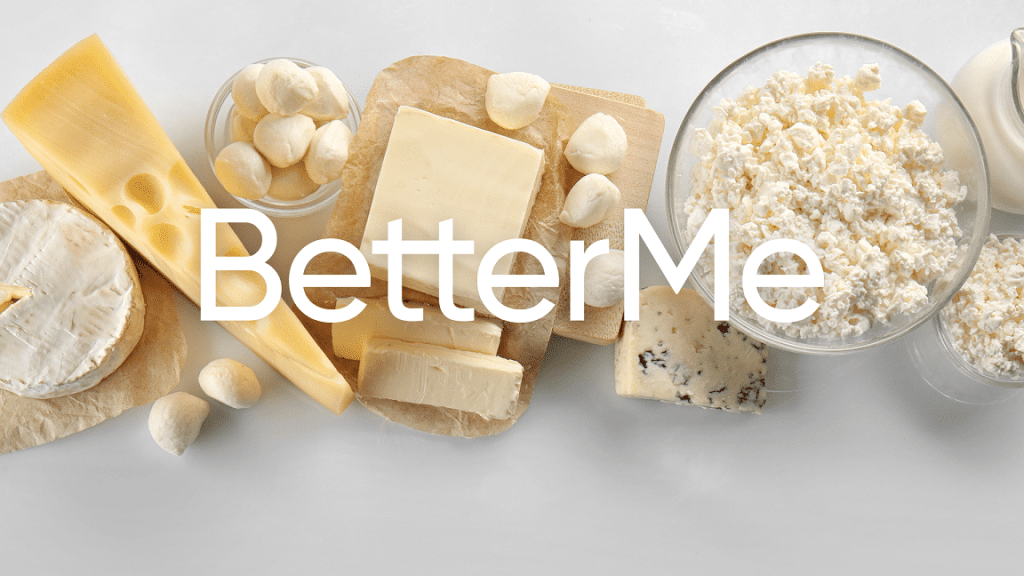
Low-Fat Dairy Products
Low-fat dairy products like milk, cheese and yogurt contain calcium and are low in saturated fat, which means they won't negatively impact LDL ("bad") cholesterol levels (4).
High Fiber Whole Grains
Whole grains contain B vitamins, fiber and antioxidants that lower blood triglyceride levels. Eating whole grains can also reduce the risk of cardiovascular disease since they're packed with nutrients that help unclog arteries and prevent plaque buildup ( 14 ).
Healthy Fats
Certain fats are healthier for your heart than others. Healthy fats include polyunsaturated and monounsaturated fatty acids, both of which have been linked with lower triglyceride levels ( 3 ). Examples of healthy oils you can use to replace saturated fat are extra virgin olive oil or avocado oil.
Dropping pounds by the dozens without putting yourself through the wringer is everyone's weight loss pipe dream. But what if we told you that the BetterMe app can make that happen? Keep yourself in prime shape with our fat-blasting workouts, delicious budget-sparing recipes, and body-transforming challenges with our app!
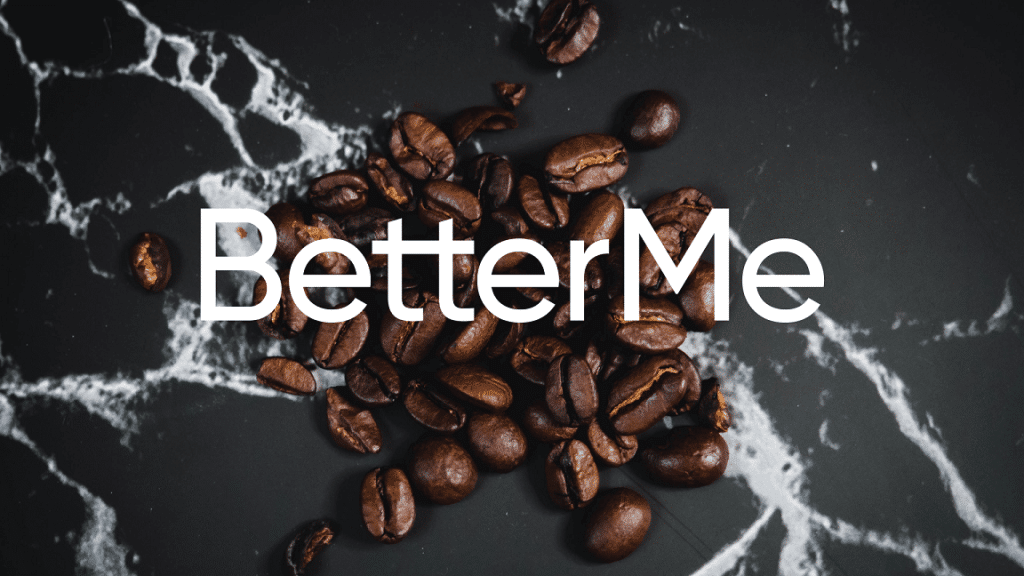
Which Foods To Avoid?
Avoid alcohol, added sugars, refined carbohydrates and saturated fat. Alcohol is known to increase triglyceride levels which can lead to cardiovascular disease ( 2 ). Added sugars are also high in calories and cause insulin resistance, increasing the risk of cardiovascular disease ( 1 ). Refined carbs and saturated fats both contribute to higher blood triglyceride levels which over time will contribute to plaque buildup in the circulatory system and heart disease.
Types Of Diets To Lower Triglycerides
There are many different diets you could try if you want to lower triglycerides naturally:
Low Carb Diet
A low carb diet is a great way for people with diabetes or those at risk of developing it (like those with metabolic syndrome) to manage their health. Staying away from refined carbohydrates in particular (like white bread, white pasta, white rice, etc.) can help you lower your triglycerides. Choose whole grains, legumes, and starchy vegetables instead.
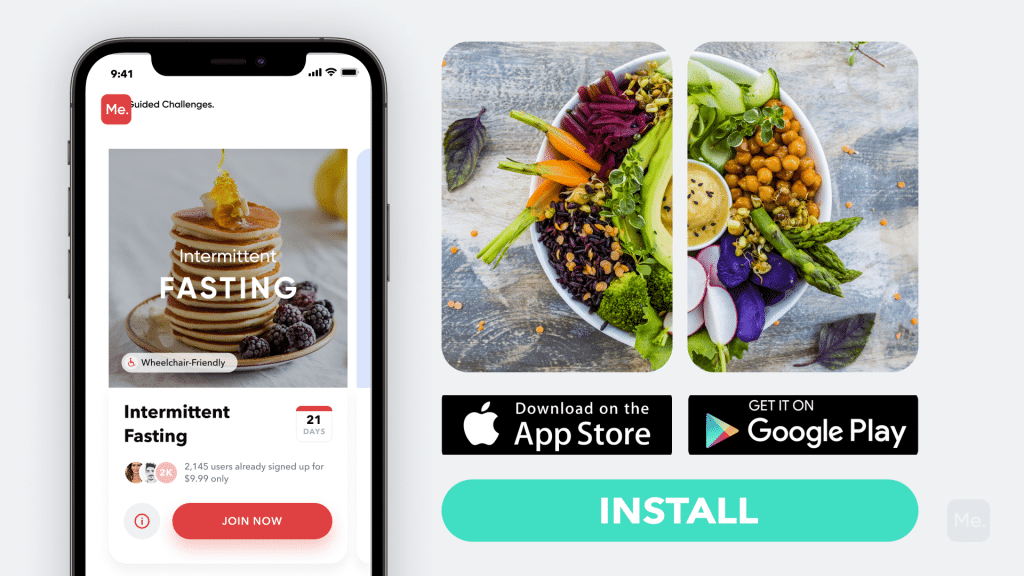
High Fiber Diet
High fibre foods slow down the absorption of carbohydrates and starches, maintain steady blood sugar levels and reduce bad cholesterol ( 6 ). All these factors contribute to lowering triglycerides and improving heart health.
Vegetarian Diet
A vegetarian diet is a healthy way to lower triglycerides since it's very high in fiber and antioxidants which promote heart health ( 7 ). In fact, those who follow a vegetarian diet have been shown to have healthier lipid profiles overall compared with non-vegetarians.
Read More: The 28-Day Sugar Detox: Here's How To Improve Your Health By Cutting Out Sugar From Your Diet
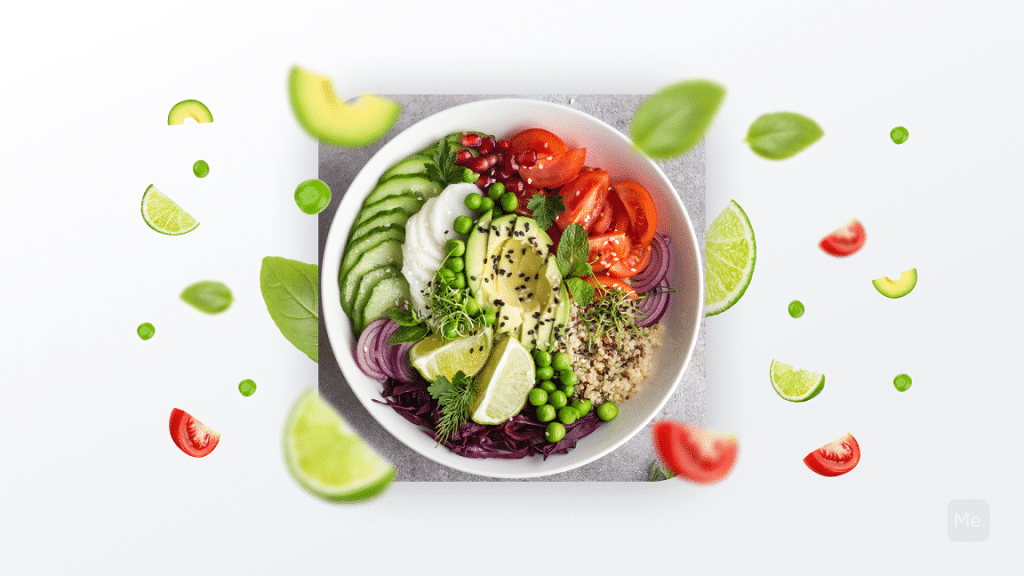
Sample 7-Day Diet To Lower Triglycerides
Here's a seven-day meal plan for lowering triglycerides.
You'll eat about 1,500 calories on this week-long menu. You can adjust the serving sizes to provide more calories depending on your individual needs. Make it a mix of carbs (whole grains), protein (non-meat as well as meat), and fat (mostly healthy). Also, try to include as many fresh fruits and vegetables as possible; you can freeze or can them at the end of summer for-round use.
Day One
- Breakfast: Spinach and feta omelet with green tea
- Snack: 1 cup strawberries
- Lunch: Ham, Swiss cheese, and lettuce sandwich
- Snack: 2 cups air-popped popcorn sprinkled with garlic powder, paprika, pepper, and low sodium seasoning salt
- Dinner: Stuffed bell peppers with turkey mince and cheese

Day Two
- Breakfast: Overnight oats topped with berries and chia seeds
- Snack: Whole wheat crackers
- Lunch: Lentil soup and toasted whole wheat bread
- Snack: Roasted peanuts
- Dinner: Baked salmon, cauliflower rice, and steamed vegetables
Day Three
- Breakfast: Tofu scramble with whole wheat toast
- Snack: Apple and celery sticks dipped into almond butter
- Lunch: Grilled chicken salad
- Snack: Mixed berries and unsalted almonds
- Dinner: Baked sweet potato stuffed with ground turkey taco meat and grated cheese; serve with steamed vegetables.
Day Four
- Breakfast: Whole grain cereal topped with bananas and skim milk
- Snack: Protein smoothie made out of one banana, 1 cup blueberries, 4 ounces plain nonfat yogurt, and a touch of vanilla extract
- Lunch: Romaine salad with grilled chicken strips
- Snack: 2 hard-boiled eggs
- Dinner : Spaghetti squash with marinara sauce and lean meatballs
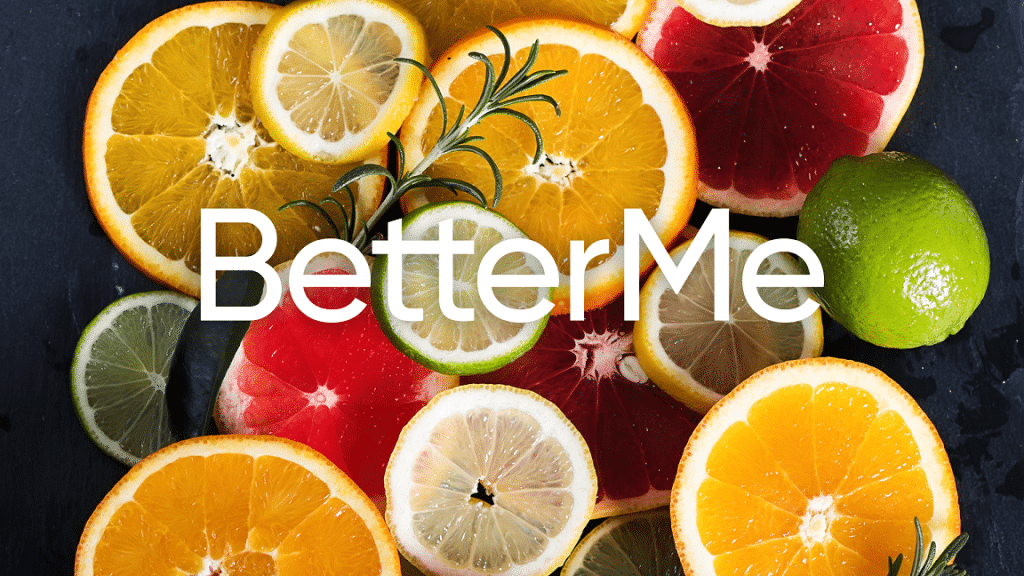
Day Five
- Breakfast : Overnight oatmeal topped with blueberries and cinnamon
- Snack: Vanilla Greek yogurt drizzled with honey and sprinkled with half cup of berries
- Lunch: Baked sweet potato topped with black beans and chunky salsa, served with corn tortillas
- Snack: 1 cup fresh fruit salad made of grapes, strawberries, bananas, kiwi, and mango chunks.
- Dinner: Steamed cod and sautéed vegetables with spicy brown mustard
Day Six
- Breakfast: Whole grain cereal topped with sliced banana and milk
- Snack: Tangerine, peach, and apple fruit salad
- Lunch: Spinach salad dressed in balsamic vinegar and topped with roasted potatoes
- Snack: Brown rice cakes spread with almond butter
- Dinner: Oven baked salmon with wild rice and steamed spinach
Day Seven
- Breakfast: Avocado and scrambled egg on whole wheat toast, freshly squeezed orange juice
- Snack: Homemade trail mix
- Lunch: Quinoa veggie bowl
- Snack: Grapes
- Dinner: Grilled chicken salad
Want to build an attention-grabbing bubble butt, blast away fat that's stored in all the wrong places, spring-clean your diet, turn back the clock on your skin, skyrocket your self-confidence and shatter your insecurities? Check out the BetterMe app and set this plan in motion!
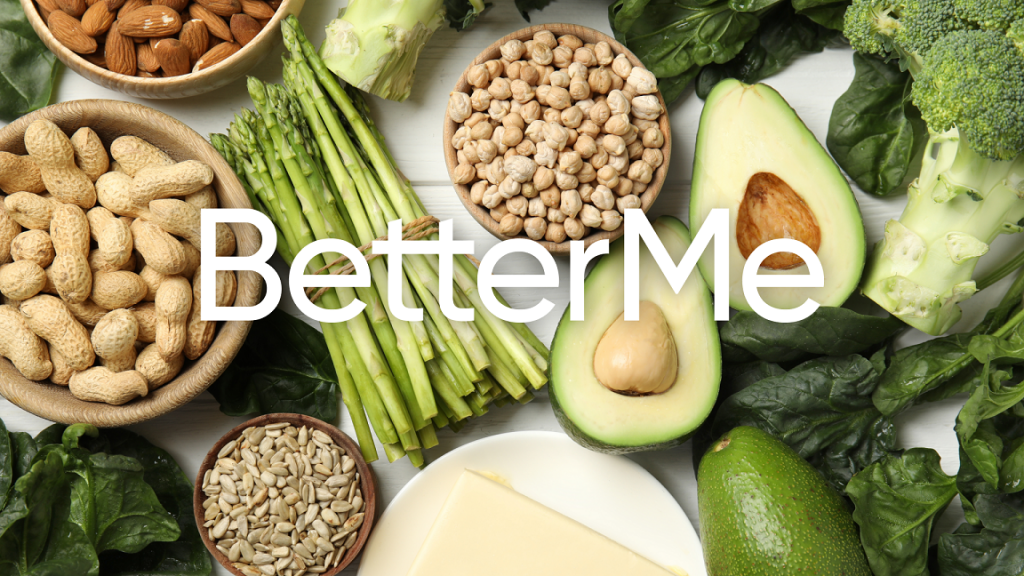
Other Ways To Lower Triglycerides
Healthy Fats
The goal of any healthy diet is to maintain a proper fat intake. Healthy fats such as those found in olive oil, flaxseed oil nuts and fatty fish help us build cell membranes and regulate blood pressure.
Exercise
Regular exercise can lower triglyceride levels according to the Department of Health and human Services and Centers for Disease Control and Prevention (CDC) ( 10 ). Exercise also produces endorphins that reduce stress, anxiety, depression which ultimately helps with weight loss ( 8 ).
Supplements
Supplements such as Vitamin C have been known to be effective at lowering triglyceride levels by up to 25 percent ( 13 ). It's also good for supporting immunity. Aside from supplements, it's easy to get plenty of vitamin C by eating more fruits and vegetables. Omega-3 fatty acids affect triglyceride levels by reducing the liver's ability to produce them. It is better absorbed when it comes from fish or fish oil than an animal source.
The Bottom Line
Triglycerides form when refined carbohydrate and sugar intake is high. The body turns these foods into fat which eventually accumulates in the bloodstream. Having a balanced diet rich in fibre, protein and healthy fats can lower triglyceride levels efficiently.

DISCLAIMER:
This article is intended for general informational purposes only and does not address individual circumstances. It is not a substitute for professional advice or help and should not be relied on to make decisions of any kind. Any action you take upon the information presented in this article is strictly at your own risk and responsibility!
SOURCES:
- Added Sugar Intake and Cardiovascular Diseases Mortality Among US Adults (2014, jamanetwork.com)
- Alcohol Consumption and Cardiovascular Disease (2020, ahajournals.org)
- Choosing Healthy Fats (2021, helpguide.org)
- Dairy components in weight management: a broad perspective (2007, sciencedirect.com)
- Effects of a low-fat, high-carbohydrate diet on VLDL-triglyceride assembly, production and clearance (1999, nih.gov)
- Fiber-How Much is Too Much? (n.d., duke.edu)
- Health Benefits of Fruits and vegetables (2012, nih.gov)
- Health benefits of physical activity: the evidence (2006, nih.gov)
- Omega-3 Fatty Acids (2019, clevelandclinic.org)
- Preventing High Cholesterol (2021, cdc.gov)
- The Health Benefits of Dietary Fibre (2020, nih.gov)
- Triglycerides: Why do they matter? (2020, mayoclinic.org)
- Vitamin C supplementation lowers serum low-density lipoprotein cholesterol and triglycerides: a meta-analysis of 13 randomized controlled trials (2008, pubmed.gov)
- Whole Grains (n.d., harvard.edu)
Vegetarian Diet Plan to Lower Triglycerides
Source: https://betterme.world/articles/7-day-diet-to-lower-triglycerides/
0 Response to "Vegetarian Diet Plan to Lower Triglycerides"
Post a Comment